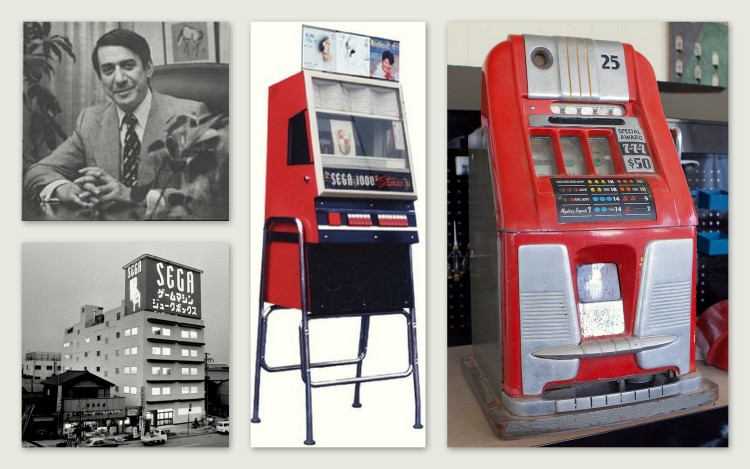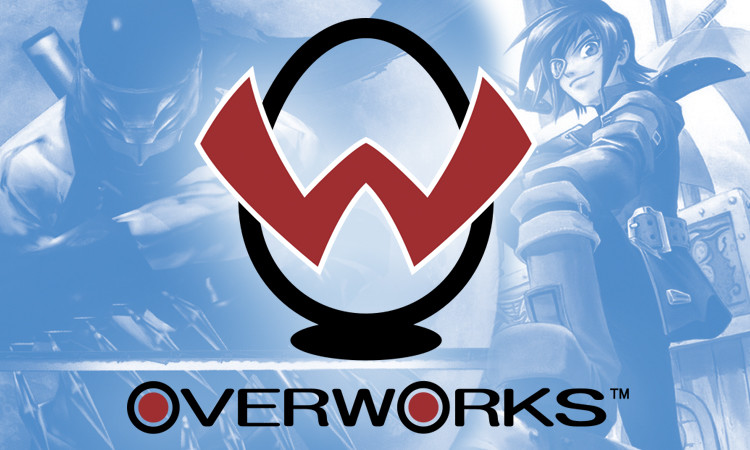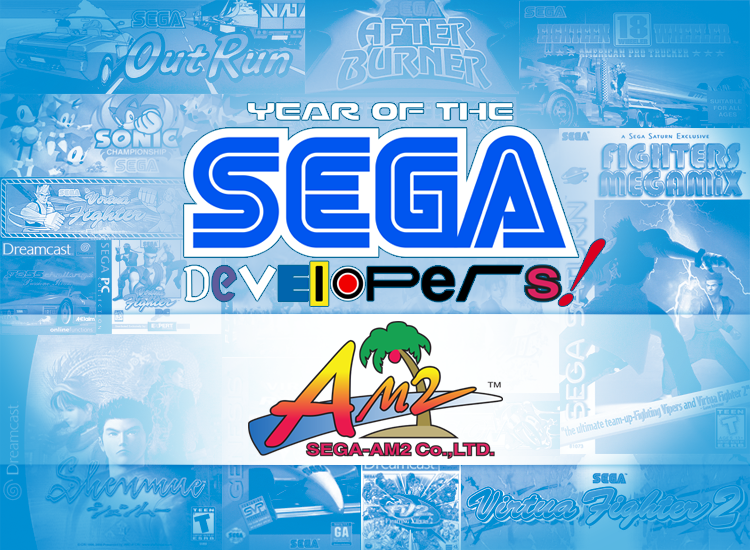The History of Sega Japan R&D, Part 4: The Current Sega
A NEW STRUCTURE, A NEW SEGA

The executive team, Hideki Okamura (Left), Hisao Oguchi (Middle) and Takayuki Kawagoe (Right).
In 2005, Sega was back in the black in all areas for the first time in a long time. The Sega Sammy structure was completed, and the next generation home consoles were ahead. Like in the formation of twelve new R&D studios in 1998, executive management had a reset. Long time executives Hideki Sato and Hisashi Suzuki retired from Sega, after their thirty – or even in Suzuki’s case – forty years of service.

As mentioned in Part 3, Hisao Oguchi would atain the highest executive position which he held until 2008 where he received even wider responsibilities as Chief Creative Officer of Sega Sammy.
Then there is Masano Maeda, who joined in 1991. Madea was responsible for building a new Western management team that made crucial partnerships and buyouts of Western companies, like Creative Assembly, Sports Interactive and Secret Level On a side note: the amount of games developed for Xbox 360 amount to roughly forty games, and on PC to about sixty games. On the Dreamcast, the amount comes to fourteen, and old PC releases amount to sixteen.







 As we hit the halfway point of the
As we hit the halfway point of the 





